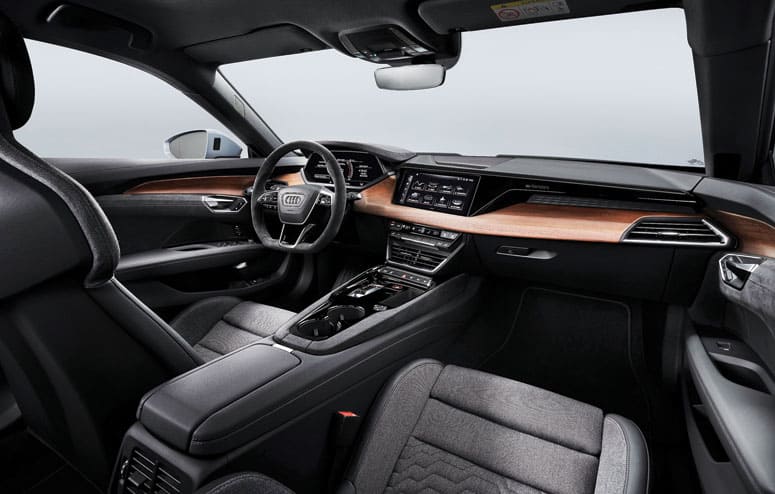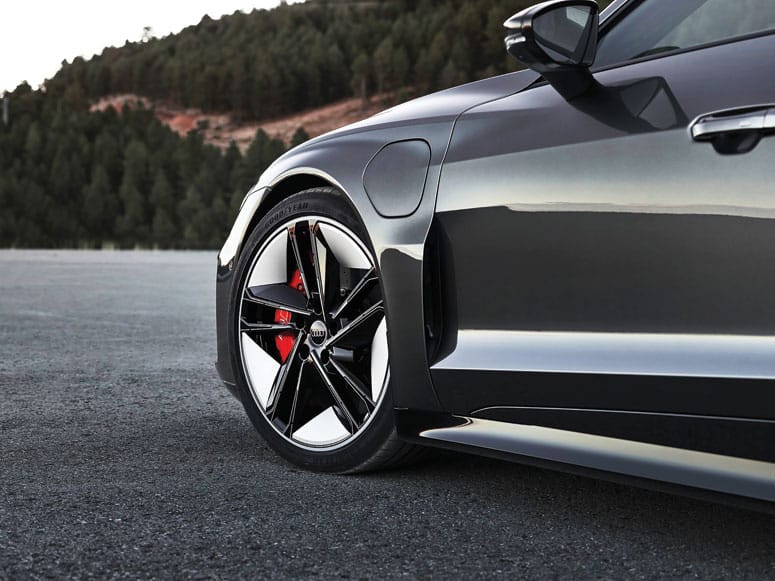Audi will soon bring its global electric plans to the Philippines with the introduction of two flagship all-electric vehicles. The Audi e-tron GT quattro and its RS twin are scheduled to be launched later this year after making their world debut just this February.
Audi has taken the first steps with the Audi e-tron, which has since become the worldwide market leader in the fully electric SUV segment, and the e-tron Sportback that followed. Audi’s fully electric range continues to expand, with the launch of the new Audi RS e-tron GT and the e-tron GT being the latest development. Complementing the fully electric vehicles is a range of plug-in hybrid models.
Audi is intensifying investments in products and future technologies as it allocates a large portion of its revenue to research and development. This indicates Audi’s industry leadership in pursuing mobility that puts a premium on sustainability.

The RS e-tron GT and e-tron GT retain Audi’s signature aggressive design, luxurious cabin and exhilarating performance, but with a cleaner footprint. Both four-door coupe models utilize an all-electric, high-performance powertrain that uses two motors located on the front and rear axles for better weight distribution. The RS e-tron GT produces up to 646ps and 830Nm of torque, while the e-tron GT has up to 530ps and 640Nm when launch control is activated. This is paired with a two-step transmission and Audi’s quattro all-wheel drive system, ensuring stability and traction in any driving situation.
The all-electric powertrain operates at 800 volts, and allows for faster charging under direct current (DC). Going from 5 percent to 80 percent can be as fast as a half-hour charge. If using the standard alternating current (AC) system, charging an empty battery can be done at home overnight. Range can go as far as 488km on a single charge.
Both cars have an aggressive stance—standing low, long, and wide with a roofline that smoothly cascades to the trunk. They also have active components like the controllable inlets that give additional airflow to the brakes, and the rear spoiler that has two positions. Other sporty touches include the quattro blisters and a prominent rear diffuser. Managing the cars’ aerodynamics are active elements, like the two controllable inlets that cool the front brakes, the rear spoiler which extends to two positions depending on the driving situation, the fully-paneled underbody, and the aero blades incorporated in the wheels’ design.

Being eco-friendly extends to the interior of these performance cars. Audi used artificial leather, Kaskade and Dinamica (which are recycled plastic bottles or textiles) for the 14-way power-adjustable sports seats. Even the flooring gets the same treatment with the utilisation of Econyl, which are nylon fibers made from fabric or carpet remnants and old fishing nets.
The new RS e-tron GT and e-tron GT signifies Audi’s commitment to sustainable transportation. They plan to have 20 full-electric and 10 partially-electric and have them account for at least 40 percent of sales by 2025. Aside from a cleaner future, they also aim for a 30 percent reduction in the carbon footprint of their cars for its entire lifecycle by 2025 (compared to 2015 levels) and be carbon-neutral by 2050.
For more information, visit Audi Philippines showrooms in EDSA, Mandaluyong; Bonifacio Global City; Westgate Alabang; and SM Seaside Cebu. You may also call 7270381 to 85 or email [email protected].

